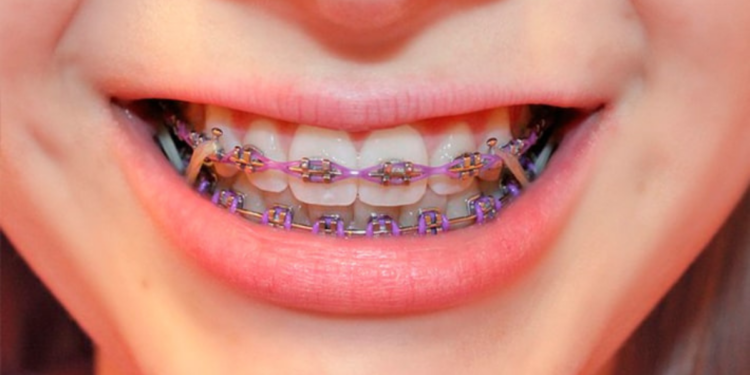Embarking on the journey of getting braces may not immediately bring to mind the idea of elastic bands playing a crucial role in the process. However, these unassuming rubber bands are indispensable, taking on the heavy responsibility of correcting your bite and bestowing upon you a flawless smile. In this guide, we will discuss the answer to the query: How do elastics move teeth? So, read the whole article carefully without skipping any section.
Why Brace Rubber Bands?
Braces, an orthodontic marvel, not only align teeth along the gumline but also rectify your bite. While the initial part seems straightforward, achieving comprehensive movement of upper or lower teeth demands more time and force than braces alone can provide. This is precisely where the magic of elastics comes into play.
How Do Elastics Move Teeth?
Elastic rubber bands supply the essential force required to shift the upper or lower teeth in the desired direction. Orthodontists strategically combine braces and elastics in diverse configurations to address various oral issues. Primarily, these rubber bands come to the rescue for correcting diverse bad bites, and they are also employed to reduce gaps between teeth.
As fixing a person’s bite stands out as the most meticulous yet crucial aspect of the process, the duration of wearing braces hinges significantly on the time it takes to rectify the bite. Your commitment to consistently wearing elastics and adhering to your orthodontist’s instructions is paramount. The prolonged and proper use of elastics catalyzes the transformation while neglecting them can impede progress.
Exploring the Types of Elastic Bands
Elastic bands boast diverse sizes, strengths, and materials, with latex being the conventional choice, although synthetic alternatives exist for those with allergies.
According to Healthline, these bands can also be classified based on their purpose. Let’s delve into a few categories, bearing in mind that there are numerous others tailored to specific purposes.
Class I
Class 1 elastics span horizontally across either the upper or lower teeth, typically extending from one molar to the canine. This configuration encourages teeth grouping and the closure of any gaps.
Class II
Class 2 elastics aim to correct an overbite, where upper teeth protrude in front of lower ones. Bands are attached from the upper canine to a lower molar, creating a diagonal force. Over time, this force shifts lower teeth forward and retracts upper teeth.
Class III
Conversely, Class 3 elastics address an underbite, where lower teeth extend beyond the upper ones. These elastics connect upper molars to lower canines, guiding the upper teeth forward and pulling back the lower teeth.
A Step-by-Step Guide: How to Attach Rubber Bands to Your Braces
While configurations for rubber band orthodontics abound, a few general guidelines can be followed.
- Identify the hooks on each bracket of your Peabody braces, ensuring that elastics are attached to the designated hooks
- Recognize the specific teeth to which rubber bands are meant to be attached, following your orthodontist’s guidance
- Connect the elastics from one tooth to another, ensuring a secure fit. If needed, a plastic hook may be provided to assist in placing the rubber bands
Exploring the Impact: What Do Rubber Bands Achieve for Braces?
Upon leaving the orthodontist’s office, you’ll find yourself adorned with elastics. However, there will be instances where self-application becomes necessary. The duration of wearing elastics varies from patient to patient, typically requiring 24/7 use. Regular replacements, especially after meals or every few hours, are essential to prevent wearing stretched-out elastics.
Final Words: How Do Elastics Move Teeth?
In the realm of orthodontics, the partnership between braces and elastic rubber bands is indispensable for achieving a perfectly aligned smile. The journey to correcting bites, closing gaps, and addressing misalignments hinges on the conscientious use of these elastics. As you embark on your orthodontic adventure, remember that the seemingly small rubber bands are the silent architects working diligently to sculpt your ideal smile. For personalized guidance and consultation, reach out to your nearest Orthodontics office, where your journey to a perfect smile begins.




